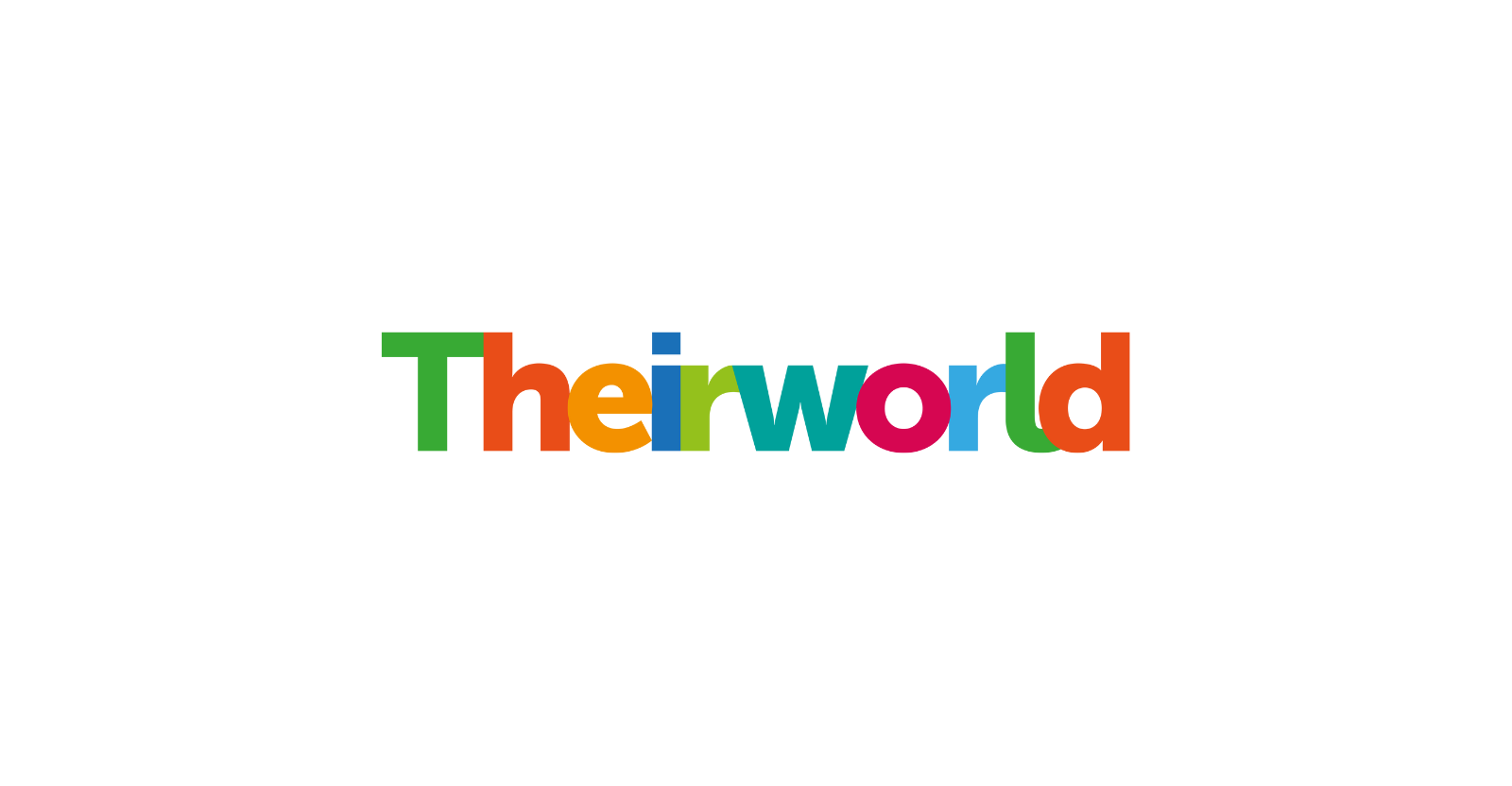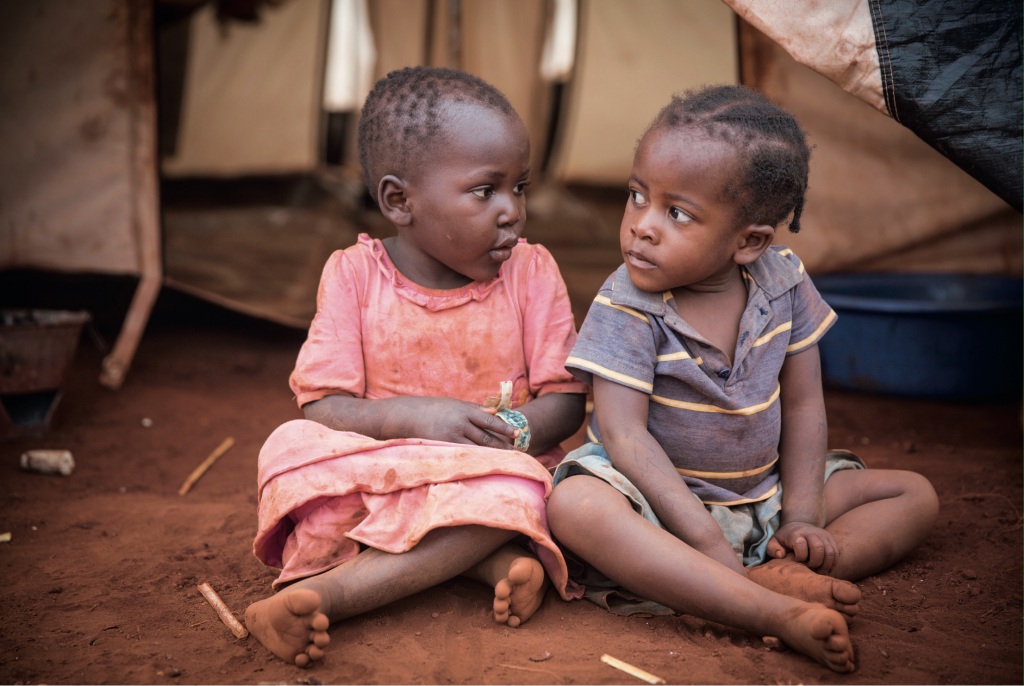
Presenting… our GYAs, Issue 4
Ceion Rollox grew up in Guyana and fought hard to to go to school. He advocates for better accessibility to healthcare, employment and education for people with a disability. Read about his story.
Theirworld: Setting New Targets

If the global community is serious about keeping its promise to achieve Sustainable Development Goal 4 (SDG4) by 2030, there is one major intervention that needs to happen: Investing in pre-primary education.
It is a truth universally acknowledged that the first five years of a child’s life are the most critical to their future development. By their fifth birthday, a child’s brain is already 90% developed.1 The seeds which determine how well they fare at school and later life, have already been sown.
There is robust scientific evidence for the lasting impact quality, nurturing care has on early brain growth, and how it keeps children in school longer. Quality nurturing care includes play, health, protection, nutrition and early learning. However, while progress is being made in some areas, children’s early learning is too often neglected, putting millions of children at a disadvantage before they even start school.
World leaders talk about these scientific findings and the need to make the most effective investments, and yet, despite this, less than 1% of education aid is actually going to one of the smartest investments: pre-primary education. This severe lack of investment is putting more than 200 million children at a disadvantage before they even start school.
The benefits of early years education are greatest for the most marginalised and disadvantaged children, including children with disabilities, impacted by HIV/AIDS or caught up in conflict and disasters, who are often least prepared for primary school or most likely to miss out on the opportunity completely.
There’s a cruel irony at play, too. While 85% of children in low-income countries are not getting the access they deserve to pre-primary education, on the flipside, in high income countries, things are reversed: 82% of young children have access to preprimary education. It’s time to end this inequality. And when we do, the benefits will be obvious, not to just the children, but to society as a whole:
According to Sustainable Development Goal 4 (SDG4.2) governments and their international partners have committed to a target by 2030, that, “All girls and boys have access to quality early childhood development, care and pre-primary education so that they are ready for primary education”. But globally, we are falling way behind this. Pre-primary is one of the most neglected areas of education aid, receiving less than 1% globally. Not one donor is meeting the minimum benchmark, and many donors lag way behind.
The core responsibility for pre-primary lies with national governments around the world who need to increase the overall share of national resources to education and begin reorienting their education budgets to ensure two years of free pre-primary, with funding in place by 2020 to allocate at least 10% of their education budget to this sub-sector.
But to support the poorest and most marginalised children, domestic commitment and investment needs to be supported by international aid donors, particularly in the poorest countries.
Setting targets for international support for pre-primary education in the early years is the focus of this scorecard. It is time donors matched their commitments with action. If it is true that “no education target will be considered met unless met for all,” then the following changes need to happen:
ODA resources (aid) to education should increase in volume. With this overall increase, aid should be targeted to benefit the poorest, with all donors allocating at least 10% of all education ODA to pre-primary education, even in humanitarian crisis. This means:
This scorecard is based on the original research for Theirworld’s report: ‘Bright and Early: How Full Financing pre-primary education gives every child a fair start in life,’ written by Pauline Rose and Asma Zubairi, REAL Centre, University of Cambridge. For all full referencing see this report.
Additional Methodology: The Pre-Primary Education Targets are based on OECD DAC Constant 2014 dollars. The Bilateral education ODA projections include disbursements reported to the DAC and imputed multilateral contributions to the education sector. Targets assume donors gradually shift 15% of total ODA to education while scaling up to reach 0.5% of GDP to aid by 2030. For countries already achieving these targets, contributions are kept constant. Theirworld used the total ODA Education projections and calculated the 10% allocation to pre-primary to set the targets.
Download the full scorecard, including data on:
Ceion Rollox grew up in Guyana and fought hard to to go to school. He advocates for better accessibility to healthcare, employment and education for people with a disability. Read about his story.